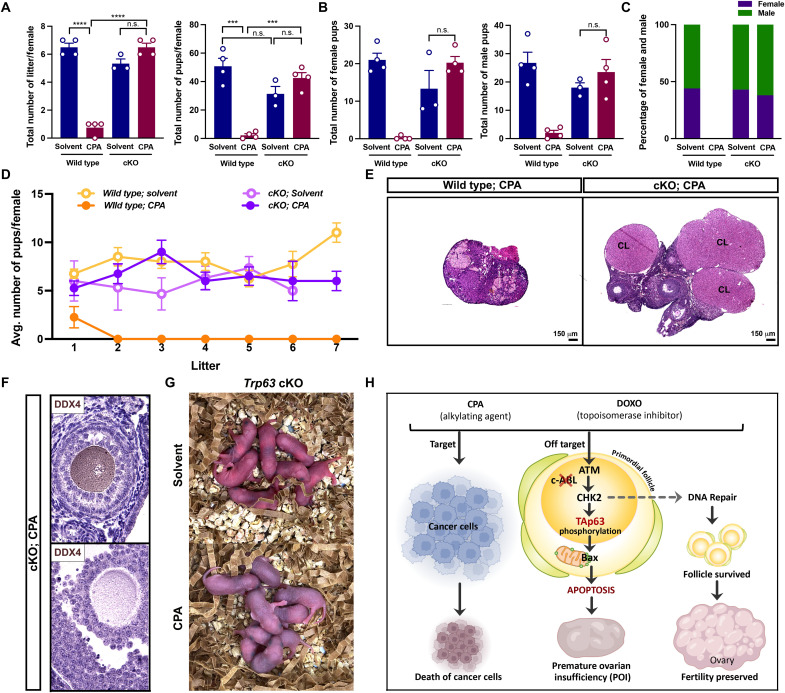Fig. 6. Trp63 KO is sufficient to restore fertility against CPA.
(A) The total number of litters and pups per female of wild-type and Trp63 cKO female mice were counted after the continuous fertility test (n = 4). (B) The total number of female pups per litter (left) and the number of male pups per litter (right) were counted. (C) The percentage of female (purple) and male offspring (green) of wild-type and Trp63 cKO female mice injected with solvent and CPA was calculated after the continuous fertility test (n > 3). (D) The average number of pups per female (n = 4) was monitored for 5 months from the day of mating. (E) Ovarian H&E histology of wild-type and Trp63 cKO female mice after fertility test. CL, corpus luteum. Scale bars, 150 μm. (F) DAB staining with DDX4 of the secondary follicle (top) and antral follicle (bottom) from Trp63 cKO female mice treated with CPA after fertility test. (G) Images of pups born from Trp63 cKO female mice injected with solvent (top) and CPA (right) during continuous fertility test. (H) Graphical summary of the strategy to target TAp63-related signaling pathway in the clinical setting using CPA and DOXO for preserving ovarian reserve. ***P < 0.001; ****P < 0.0001.

